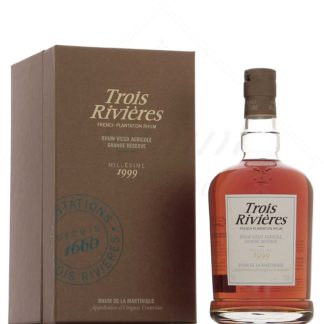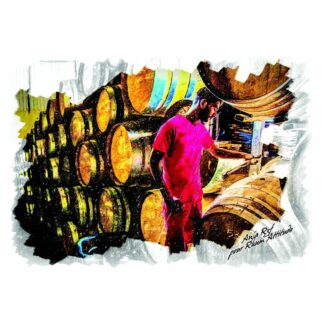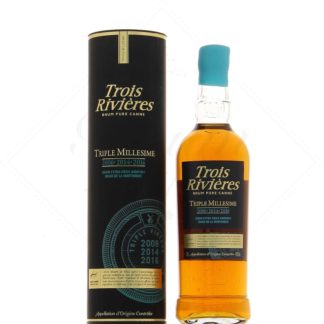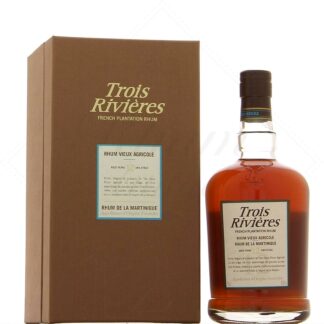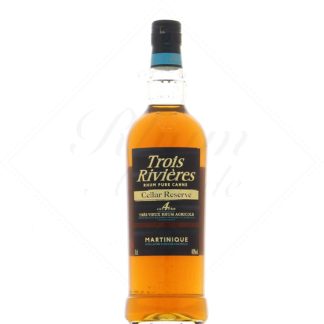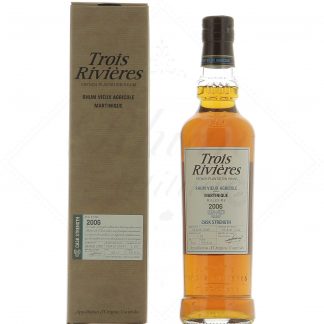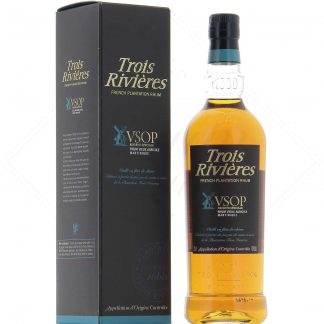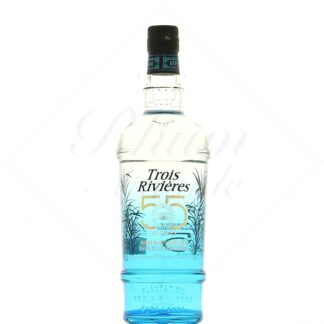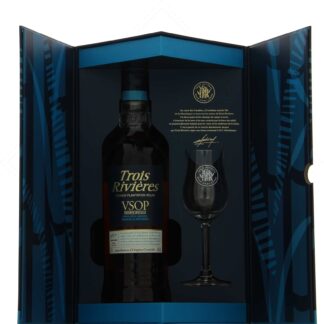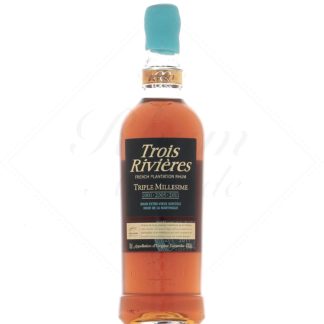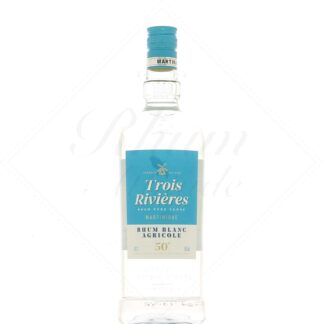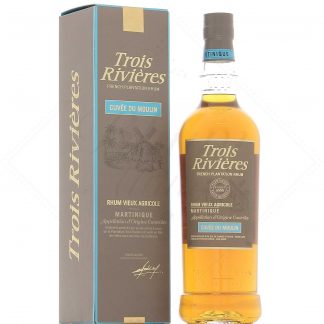Trois Rivières

The history of Trois Rivières rum
Trois Rivières rum takes its name from the hamlet of the same name, bordered by the Oman, Bois d'Inde and Saint Pierre rivers. The historic estate lies between Sainte-Luce and Le Diamant, in the south of Martinique.
The dwelling dates back to 1660, when Nicolas Fouquet, Louis XIV's superintendent of finance, acquired what was then the largest estate on the island. He quickly fell out of favor with the king, and was forced to sell the 2,000-hectare estate in 1661. Various planters succeeded one another until 1785. That year, Etienne Marraud des Grottes acquired the property and began distilling rum.
Rum production expanded throughout the 19th century. At the end of the same century, a railroad line was built to bring the cane to the sugar refinery. In 1905, Amédée Aubéry took over the distillery. He decided to stop sugar production for good. However, rum made from molasses and rum made from pure cane juice still coexist, as was the custom at the time.
The birth of a great agricultural rum distillery
In 1940, Mr Aubéry's son took over the business. He enlarged the plantation and moved equipment from the Dizac distillery, located a few kilometers away. From then on, the Sainte Luce distillery produced only agricultural rum. In the 1950s, the plantation returned to the Marraud des Grottes family. The rum produced was sold under the Duquesne brand. It was shipped in bulk to ports in mainland France, but a significant proportion was also aged, beginning to establish Trois Rivières' reputation. In 1972, rum began to bear the name of its plantation of origin, and the Trois Rivières brand was registered in 1975.
Trois Rivières rum today
The Martini & Rossi group acquired a stake in the company in 1976, and immediately developed its export business. Seeing the brand's potential, they took the opportunity to modernize the distillery. A second distillation column was added in 1980. In 1994, as part of the consolidation of Martinique's distilleries, Bellonie Bourdillon et Successeurs (already owner of La Mauny) acquired Trois Rivières and Duquesne. In 2004, the distillery's facilities were pooled at the La Mauny distillery site in Rivière Pilote. The Chevrillon group acquired the brands in 2012, followed by Campari in 2019.
The Trois Rivières plantation covers 600 hectares, 120 of which are dedicated to sugar cane. The land is rotated with cattle breeding. The sugarcane plots meet 80% of the distillery's needs. The sugarcane species grown are reed cane B59.62, straw cane R570, zikak cane B80.08, and blue cane B69.566.
The cane juice is fermented for 24 to 30 hours. This produces a must with an alcohol content of 4 or 5%. This is distilled on one of two Creole columns, one of which is made of copper, the other half copper, half steel. The rum comes out of these columns with an alcoholic strength of between 65 and 75% (as required by theMartinique AOC).
Aging takes place in new or used French or American oak barrels.
The Trois Rivières range of rums
Today, Trois Rivières rums offer a wide range of products, from white rums to very old blends and old single casks. Cuvée de l'Océan is a white rum renowned for its saline notes. Cuvée du Moulin is the brand's emblematic old rum. VSOP and multi-millésimes are excellent introductions to the world of rhum agricole, and the cuvées dedicated to the plantation's three rivers are the most exceptional expressions offered to date. Cuvée Princesse is a blend of the distillery's best vintages, and is the pride and joy of cellar master Daniel Baudin. Read less
